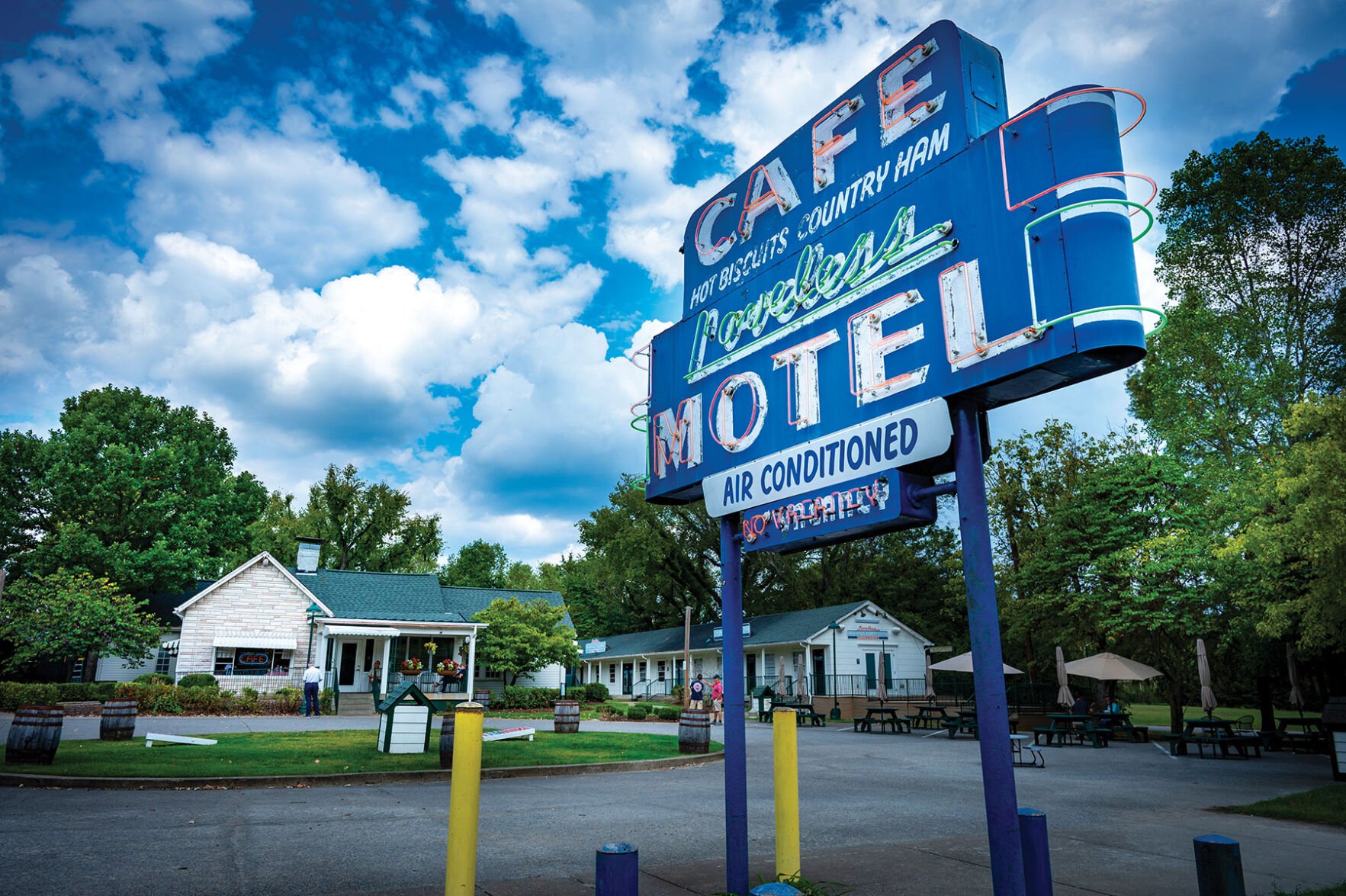I’m going to let you peek behind the media curtain for a minute, Bites readers. I — along with most of the media distribution list in Middle Tennessee, I imagine — received a press release on Tuesday afternoon titled, “The Loveless Cafe Offers Original 1951 Menu Prices This August.”
“Well, that’s intriguing,” I thought as I clicked through. Sure enough, the beloved West Nashville restaurant was describing a promotion: On Wednesdays in August between 4 and 8 p.m., patrons could order from a throwback menu promising "Prices & Portions of 1951,” the year The Loveless first opened.
Digging a little deeper, I clicked through an attached image to see the limited menu of items. It was a fun retro pass at a menu, scrawled in handwritten cursive and printing, along with photocopied images of The Loveless as decoration. And the prices were certainly lower than the restaurant's current ones.
But wait a minute. The numbers next to the dishes that demonstrated the prices looked pretty contemporary to be billed as 1951. And a pass through WhatTheFont.com guessed that this was written in Bright Pumpsky, a font copyrighted in 2021. And then I looked at the prices themselves — $4.95 for a cheese omelet in 1951? Seventy-four years ago, you could buy a few whole chickens at that price! $2.50 for a single pancake? I don’t know a 1950s road traveler who would even slow down at that price. I found some scans and photos of older Loveless menus online. I didn’t find an original, but I found some from the ’70s with significantly lower prices than what was being called "Prices & Portions of 1951.” I’m pretty sure that’s not how inflation works.

So I didn’t share any of the details of the promotion here at Bites. I felt like it was, at best, misinformation. That’s not something I intentionally ever want to do here.
But WSMV did. And MSN pretty much amplified the same stuff. Suggest.com (whatever the hell that is) summarized WSMV’s summary of the original press release. Then Fox 17 managed to boil down all the falsehoods in the original press release into three sentences, demonstrating their amazing efficiency at spreading misinformation.
No one bothered to question what the restaurant purported were “1951 prices” through their PR agency in the original announcement. When that agency reached out to me to ask if I was going to share this fun promotion, I told them exactly why I wasn’t.
To the credit of the agency (who I’m not going to name or dunk on), they recognized the error after I pointed it out, stating: “The intention was never to mislead or misrepresent the past, but simply to provide a fun and accessible experience for customers. This is Loveless’ first time running this feature, and your feedback is greatly appreciated. Going forward, all communication will reflect ‘throwback pricing’ verbiage.” From what I can tell, they have made those changes — and are no longer promising that customers can "turn back the clock and enjoy its original menu at the original 1951 prices." Again, not the original menu.
But did any of the outlets that already published make corrections? Not that I can tell. I know this is a tiny thing, and a snafu about menu pricing shouldn’t amount to a hill of beans considering the fact that I say to myself, “What fresh hell is it this time?” every time I get an NYT notification on my phone.
But this is how misinformation spreads. The original content creator gets sloppy with what they want to communicate, and the comms professionals that they contract to push out the info don’t question it, or quite possibly, make it worse by trying to make it cute. Then the outlets that actually speak to you copy and paste the release, summarize it to a soupçon of misinformation, or just scrape the incorrect content from another website and amplify it.
I make more than my share of mistakes, but we need to do better! Even for something as trivial as the price of eggs, we the media and you the readers have to read critically. I now return to my regularly scheduled barbecue and bourbon content.






